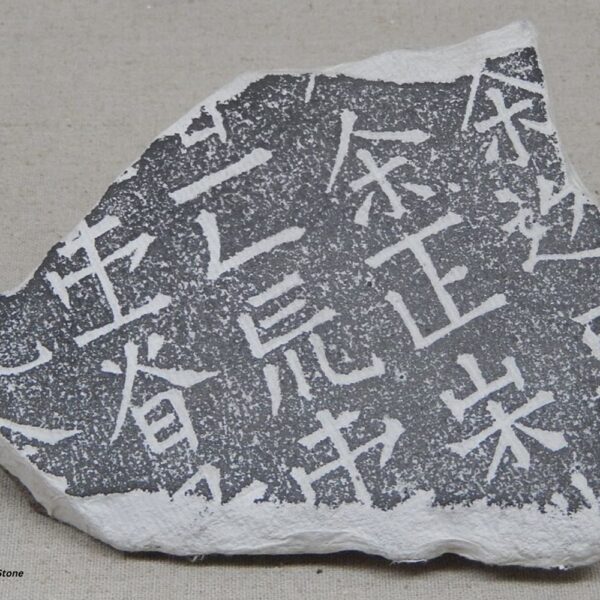The Intricacies of Greetings: How to say hello in different cultures
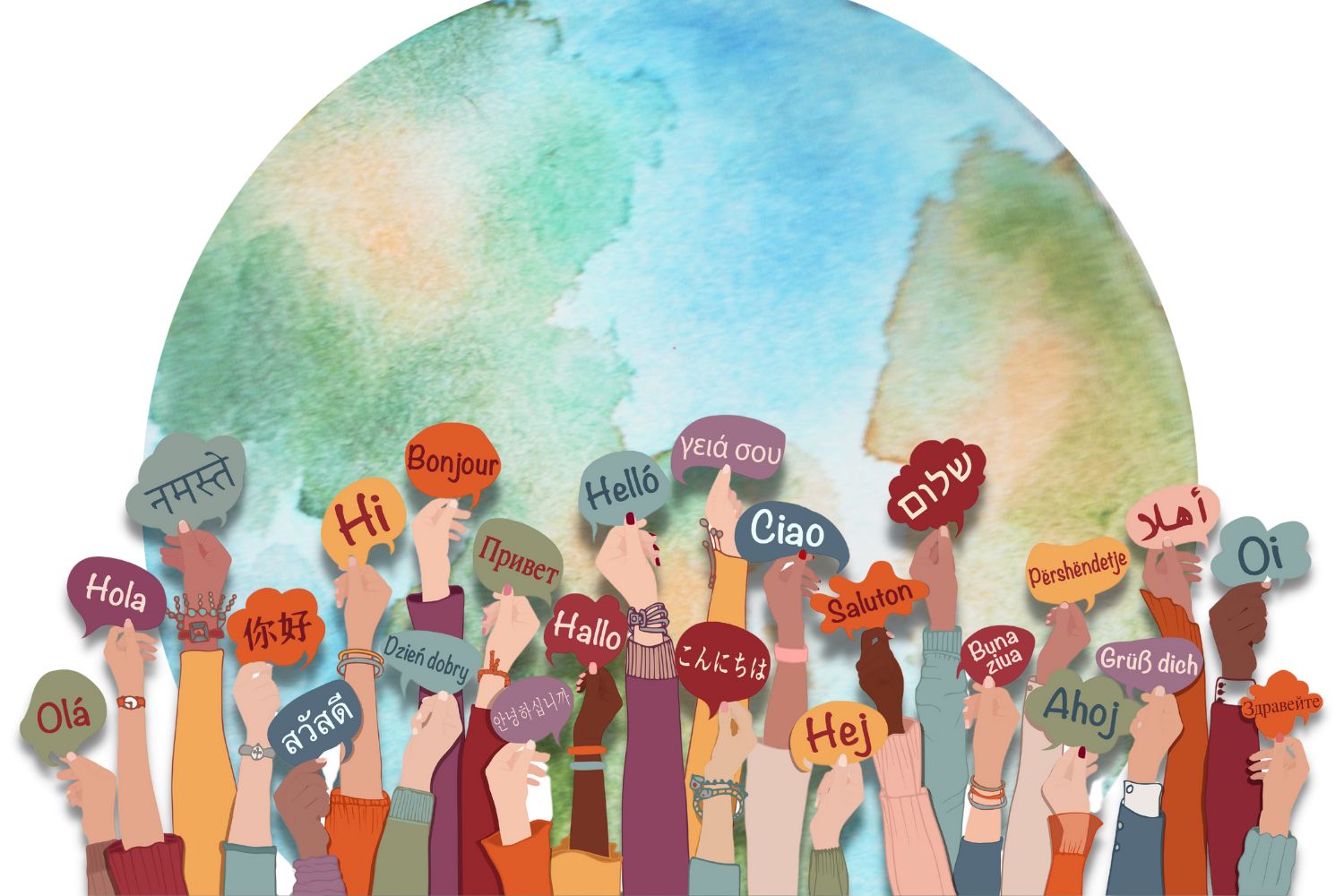
Greetings are the first thread that we weave in the fabric of human interaction. They set the tone for a conversation, establish rapport, and demonstrate respect for one another.
As diverse as the world itself, greetings vary greatly from one culture to another, reflecting the unique traditions, history, and values of each society. In this exploration, we’ll embark on a journey around the globe to uncover the fascinating ways in which people say “hello”.
Namaste – India
In various regions of India, and especially at ceremonial occasions, individuals meet one another with the ancient Hindu greeting Namaste — ‘I greet the divine within you’.
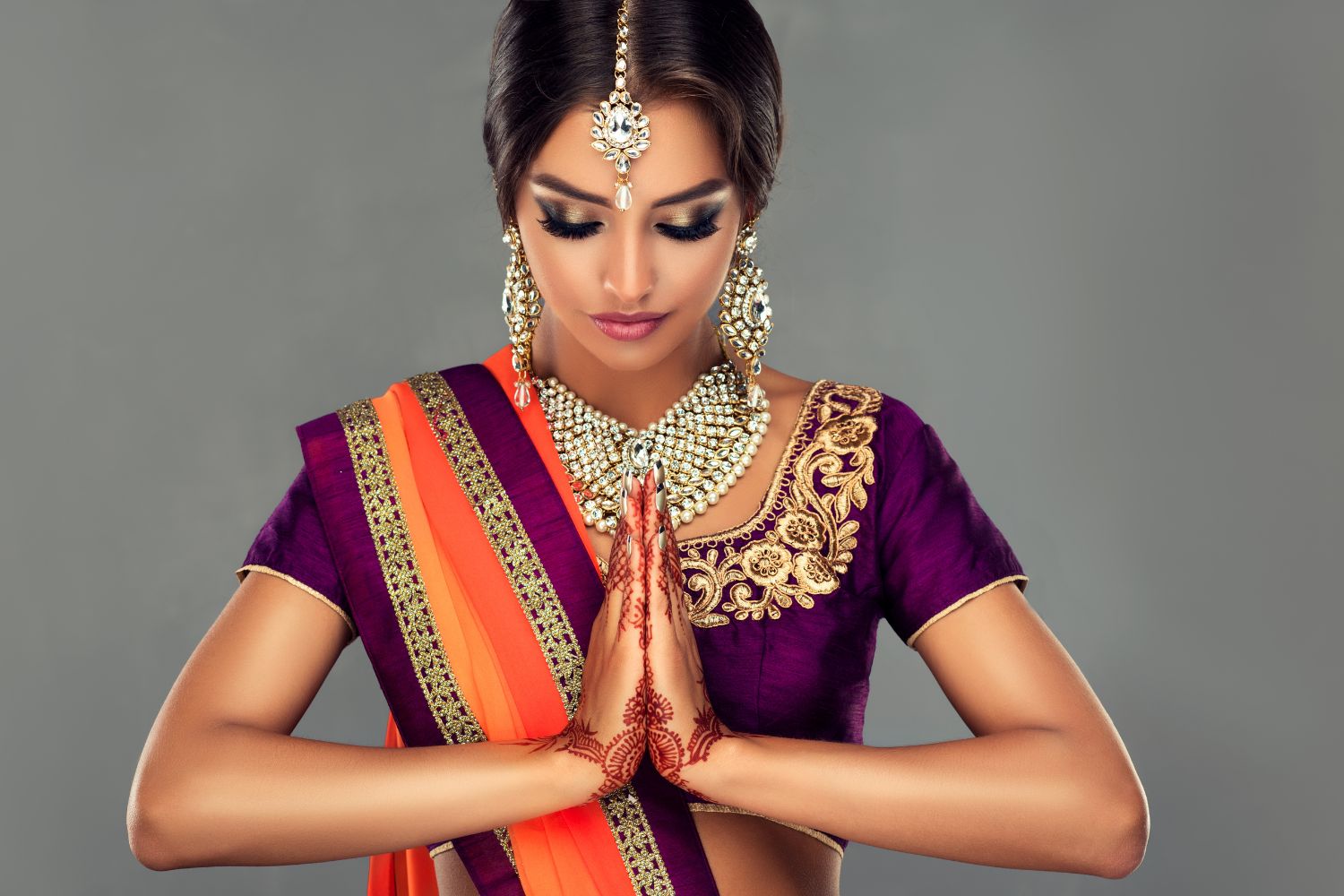
Depending on the status of the person you are greeting, this is accompanied by a nod of the head or a bow. This is a sign of respect and acknowledgment of the divine within each person.
La bise or a kiss on Both Cheeks – France
In France and many other parts of Europe, a kiss on both cheeks, also known as la bise is a common way to greet friends and family.
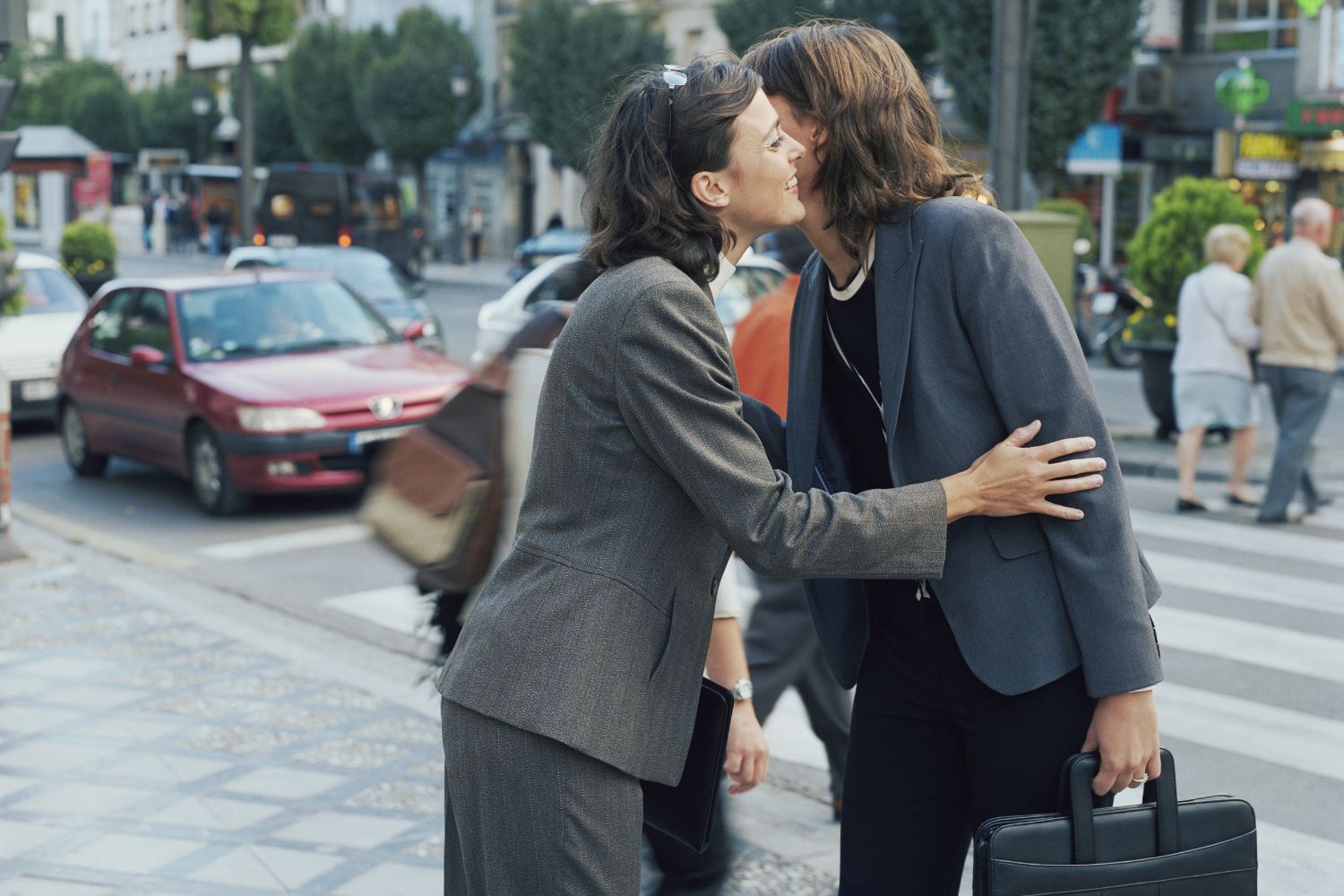
The number of kisses may vary from region to region, ranging from one to three. It’s important to note that this practice can be less formal and more intimate than in some other cultures.
Bowing – Japan
In Japan, bowing is a cornerstone of greeting. The depth and duration of the bow can signify different levels of respect, gratitude, and formality.
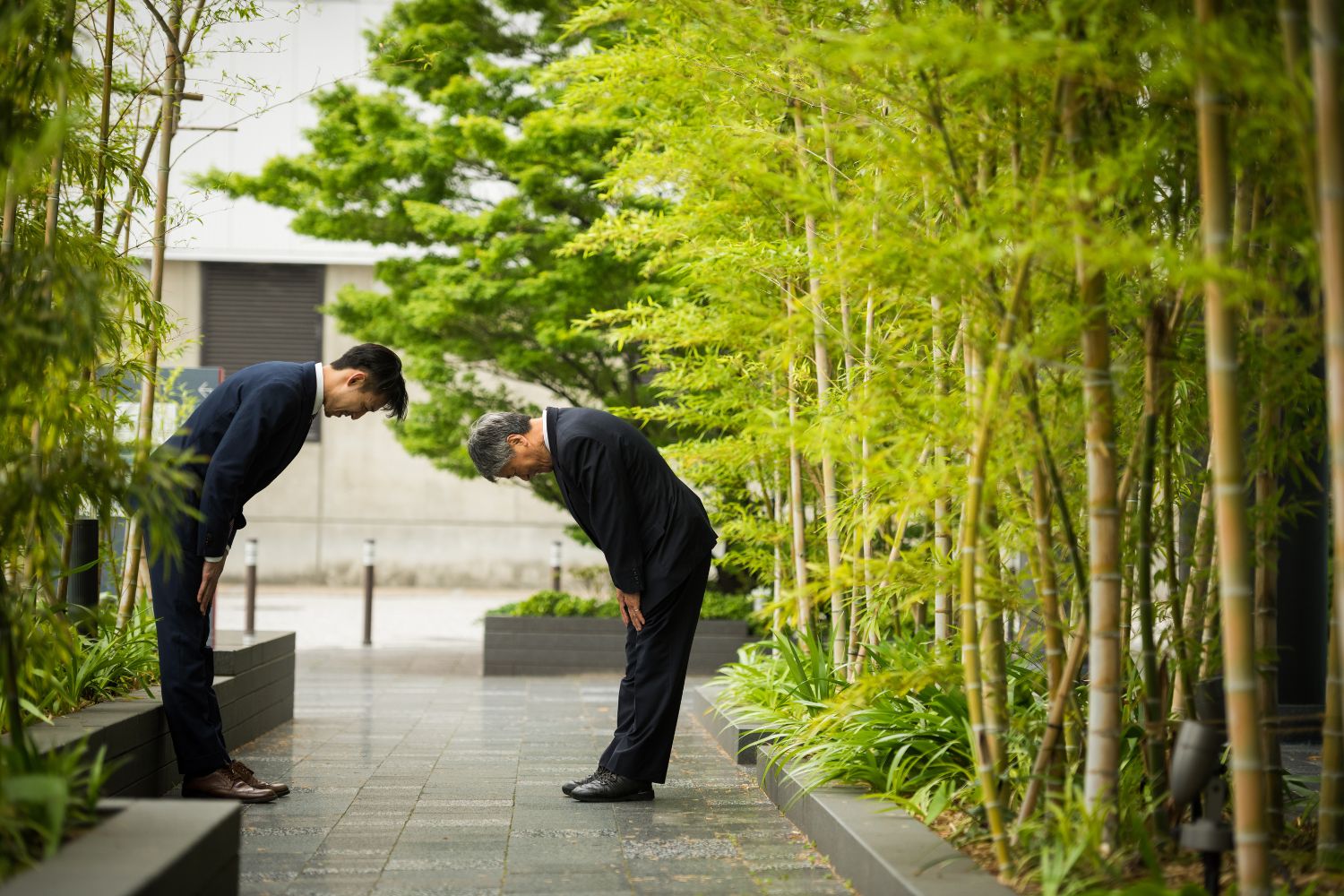
A slight bow is used for casual encounters, while a deeper bow is reserved for more formal situations.
¡Hola! – Spain
In the vibrant culture of Spain, a warm and exuberant ¡Hola! is the standard greeting. It’s accompanied by a smile and a direct gaze, indicating an open and friendly demeanor.
Handshake – United States
The handshake is the cornerstone of greetings in the United States. It’s typically firm but not overly so. A good handshake is a sign of confidence and trustworthiness.

However, in recent times, due to health concerns, other forms of greeting like fist bumps or waves have become more common.
Salam – Middle East
Salam is an Arabic word that means “peace”, and it’s commonly used as a greeting in many Middle Eastern countries. The right hand is placed over the heart, expressing sincerity and good intentions.
Aloha – Hawaii
Aloha is more than just a greeting in Hawaiian culture, it embodies the spirit of love, peace, and compassion. It’s used in various contexts, from welcoming guests to bidding farewell.
Maori Hongi – New Zealand
In Maori culture, the Hongi is a traditional greeting where two people press their noses and foreheads together.
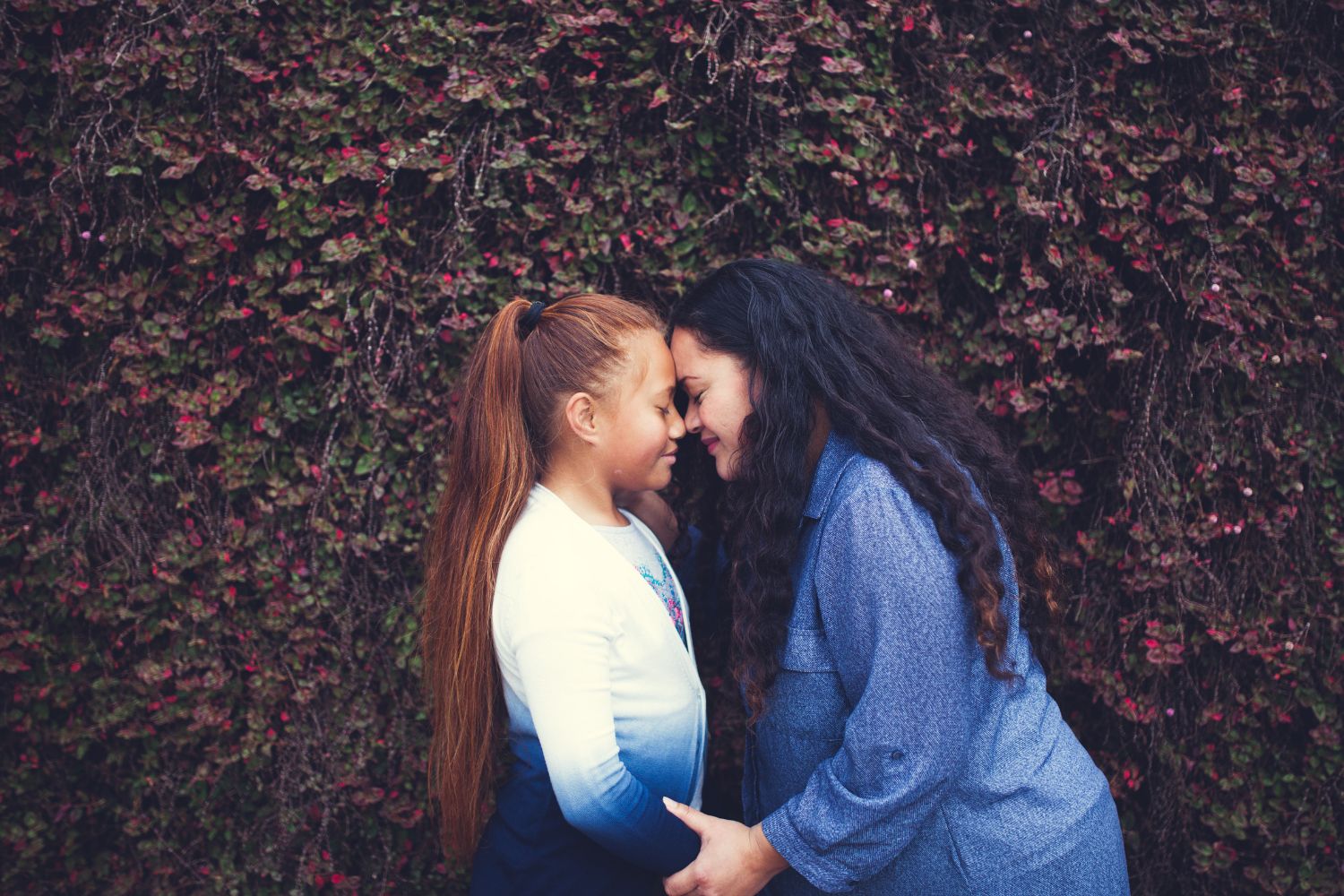
This act symbolizes the sharing of breath, which is considered sacred.
Wai – Thailand
In Thailand, the traditional greeting is the Wai. This involves pressing the palms together in a prayer-like gesture and bowing slightly. The height at which the hands are held and the depth of the bow can convey different levels of respect. The most common or useful Thai greeting is the word Sawasdee which means “hello” in Thai.
Greetings are like cultural windows through which we can catch a glimpse of the values and traditions of a society. So, next time you find yourself in a new place or meeting someone from a different culture, take a moment to learn and embrace their unique way of saying “hello”. It’s a small gesture that can go a long way in building connections and fostering mutual understanding.
Teneo Linguistics Company (TLC) is a certified small, woman-owned business that specializes in a variety of customizable language services in over 180 languages. Learn how TLC can support your company with expert language services at www.tlctranslation.com.



